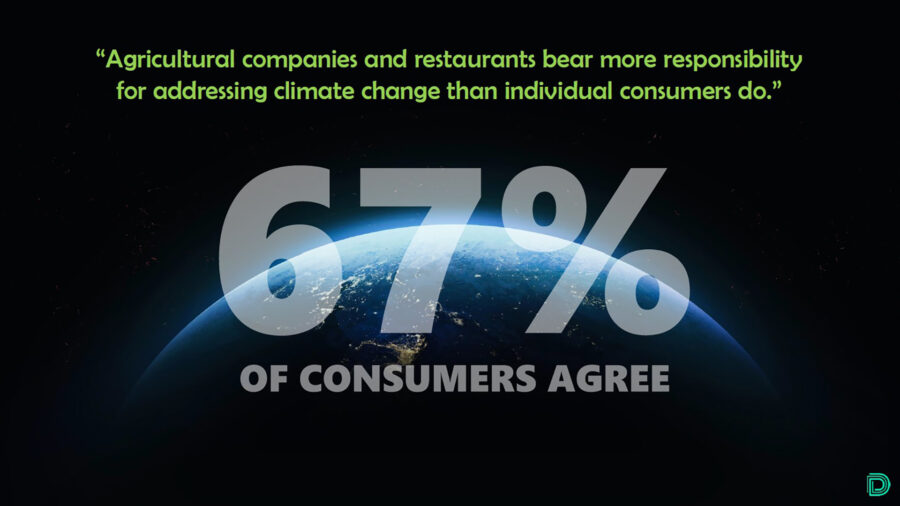Nashville, Tenn. – As consumers are starting to demand more sustainable packaging solutions for foodservice products, operators, suppliers, and distributors must make sound business choices in their sustainability journeys.
This dynamic was on full display during at the DMA Nashville Experience during the Sustainable Packaging in the “To-Go” Decade panel, which was hosted by Datassential’s Marie Molde and featured InnoPak Director of Sustainability Nathan Schultz and Raising Cane’s SVP Supply Chain Kelby Leuthold.
Sustainability a Growing Concern for Consumers
Molde opened the panel with a presentation on the growing importance of sustainability among consumers. Datassential employs a menu adoption cycle curve to explain how different trends proliferate, with the newest trends placed within the “inception” category while more tried-and-true trends are placed within the “ubiquity” bucket.
Molde said many sustainability issues were currently in the inception stage among consumers, including “zero waste” and “food as activism” trends. Animal welfare and plant-based proteins were already proliferating across menus, however, showcasing the importance of sustainability to consumers in the current day.
Climate change was also a top concern among consumers (31%), trailing only the economy (45%) and healthcare (41%). Consumers also recognized their role in mitigating climate change by eating differently (65%), but 67% agreed that agricultural companies and restaurants bear more responsibility for addressing climate change than individual consumers do.
“The conversation about climate change is very real and happening among consumers today. They’re thinking about that, and it’s really driving their behaviors toward wanting to be more sustainable for a healthier planet,” shared Molde.
Sustainability Adoption Hampered by Cost
Despite consumer interest in more sustainable options, Molde argued costs remained a major barrier to adoption of more sustainable packaging products.
“What we found in our research is that we’re driven to do this because just as humans, we want to do what’s right. So if being sustainable is the right thing to do, we generally want to do that. But there are barriers to it, and the number one barrier is the cost,” she said.
Leuthold agreed with the assessment and noted many sustainable packaging solutions were much more expensive than traditional counterparts. As an example, he said paper bags for foodservice products could be as much as 25 times more expensive than plastic bags.
He also argued the consumers would only embrace sustainable packaging solutions if they didn’t impact the way food tasted after being placed within it.
“You know, one of the most important parts is that it’s going to work well for the food; it has to taste like when the customer actually visited. So I think there’s been a lot of innovation from the packaging side and the manufacturing side to help with that,” he said.
Aspirational Consumers Challenged by Sustainable Products
Despite consumers reporting they would sacrifice functionality for sustainability, there was some question as to whether consumers truly understood the tradeoff. Molde pointed to paper straws as an example.
“We’ve all seen that there’s a plastic island the size of Texas in our ocean and there’s turtles with plastic straws up their noses, but we also hear complaints that when you have a paper straw, then it disintegrates within your beverage,” she said.
Schultz noted the fiber clamshell and other fiber packaging was a great example for this type of tradeoff. The current solution on the market was very good at preventing leaks, but consumers could be thrown off by new packaging for cosmetic reasons.
“You’re going to see staining where you didn’t before. You’re going to see bleed-through where you didn’t before. And when you figure in delivery times (30-40 minutes generally), taking the food home, preparing it, and finally eating it is a long time for stuff to potentially sit in the package,” he said.












